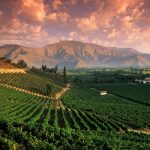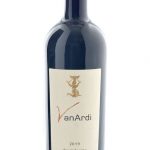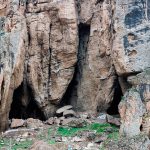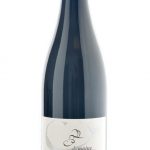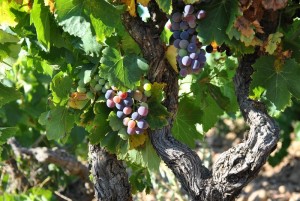 Châteauneuf-du-Pape sits astride the swift-moving Rhône River in the sun-drenched heart of Provence, known as the Vaucluse. Blessed with a dry Mediterranean climate ideal for the cultivation of vines and the production of wine, this historic picturesque wine region fashions a vast array of the world’s greatest red wines, thanks in large part to the proliferation of old-vine Grenache.
Châteauneuf-du-Pape sits astride the swift-moving Rhône River in the sun-drenched heart of Provence, known as the Vaucluse. Blessed with a dry Mediterranean climate ideal for the cultivation of vines and the production of wine, this historic picturesque wine region fashions a vast array of the world’s greatest red wines, thanks in large part to the proliferation of old-vine Grenache.
Châteauneuf-du-Pape championed France’s Appellation Control and was the first wine region in the world to garner Appellation d’Origine Controlée (AOC) status in 1936. Châteauneuf-du-Pape became the model for the entire French system of Appellation Control and nearly all other subsequent attempts to guarantee the authenticity of wine and improve the wine of individual wine regions worldwide. Quality and integrity have long been the hallmarks of Châteauneuf-du-Pape, which led Robert Parker, Jr. and other wine critics to dub Châteauneuf-du-Pape France’s greatest appellation.
Great wine almost always begins with healthy old vines, and Châteauneuf-du-Pape possesses some of the oldest vines in France. The average age of the vines in Châteauneuf-du-Pape is in excess of 40 years, by far the oldest of any major appellation in France, and many of the appellation’s vines have more than 100 years of age.
In addition, the entire production of Châteauneuf-du-Pape is hand harvested. Moreover, there is the region’s fabulous terroir – large, flat stones known as galets roulés that mingle with decomposed gravel. These remnants of Alpine glaciers, which once covered southern France, form Châteauneuf-du-Pape’s glacial till. This sacred till provides excellent drainage and imparts subtle nuances of flavor to the appellation’s outstanding wines. However, many consumers are surprised that both red and white wines emanate from Chateauneuf-du-Pape, and that red Châteauneuf-du-Pape may contain all of the appellation’s thirteen legal grape varieties.
Grenache, Syrah, Mourvèdre, Cinsault, Muscardin, Cournoise, Clairette, Bourboulenc, Picpoul, Roussanne, Terret Noir, Picardan, and Vaccarese are all legal grape varieties for Châteauneuf-du-Pape (Domaine du Vieux Lazaret among others actually contain all thirteen varieties), and a case can be made that there are really fourteen legal grape varieties in Châteauneuf-du-Pape, as Grenache comes in both red and white varieties. White Châteauneuf-du-Papes has gained in poularity in recent years, but red wine still reigns supreme in Châteauneuf-du-Pape, both in terms of quality and quantity.
Hundreds of proprietors fashion red Châteauneuf-du-Pape from the appellation’s more than 8,000 acres, much of it world class. Some of the most consistent producers of top-notch Châteauneuf-du-Pape include Château Beaucastel, Domaine du Vieux Lazaret, Guigal, and Domaine du Grand Tinel to name just a few.

